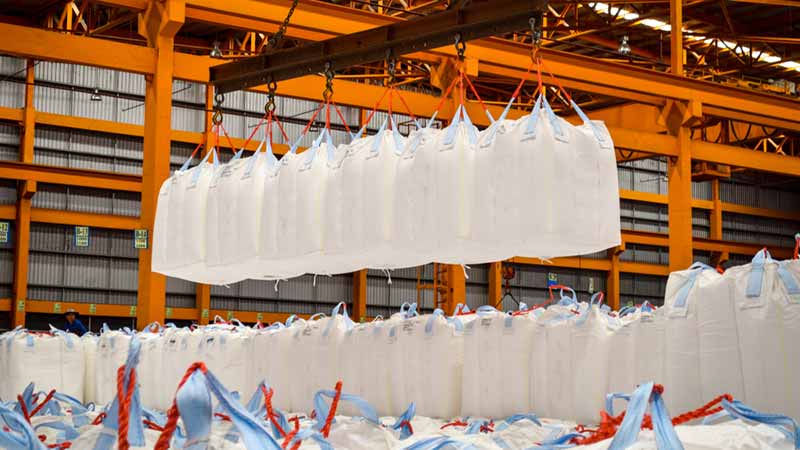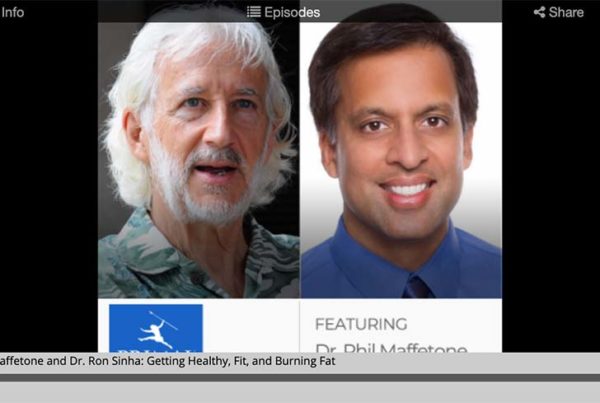
A decades-long global problem has directly led to the transition of developing nations from starvation to obesity and chronic disease.
It’s well known that higher-income populations became overfat through the intake of sugar and other junk foods. But poor people who can’t afford fast-food restaurants and junk food — including those receiving foreign aid — have been quietly swept up in the overfat pandemic as well.
Recently the problems associated with Hurricane Maria’s devastation of Puerto Rico, especially food and water shortages and the loss of utilities, have put assistance efforts under scrutiny. Outrage has included complaints about junk food aid. But this is only the tip of a very large iceberg.
Food aid is big business for corporations, governments, and charitable organizations that supply food to the needy all over the world. So it can be a recipe for mismanagement and waste. The result is decades of funneling junk food — high sugar rations — to the poor.
White flour, sugar and vegetable oil comprise the typical rations, with refined carbohydrates often making up the majority of calories. These three most harmful ingredients quickly change metabolism to increase body fat and trigger disease. This is one factor in developing countries, dependent upon food aid, developing skyrocketing rates of overfat and chronic disease.
While this may save lives in the short-term, feeding a population high-sugar foods long-term as a dietary staple changes metabolism and genetics for future generations. The result is increased body fat, which feeds carbohydrate intolerance (insulin resistance) and chronic inflammation.
In this way food aid fuels the overfat pandemic in developing nations, triggering dramatic increases in chronic diseases — those that develop from chronic inflammation, including diabetes, hypertension, heart disease and cancer. (The same can be said for those low-income or homeless people in the developed world.)
Certainly, starving families will take whatever they can get. During famines, disasters, war and other situations where food is limited, many governments and private organizations provide food aid. While some conditions are short-term disasters such as hurricane relief or military conflicts, most situations requiring food aid are long-term.
(Consider India, a country of more than 1.3 billion people. A recent study showed up to 80 percent of adults in the country are overfat. In areas of the Middle East, that rate is in the mid-90s. Up to one-third of Chinese adults may have hypertension with twice that many being overfat, defined as excess body fat that impairs health.)
The goal of food aid is to provide people with enough calories and water during time of crisis. In the worst-case situation when there is no power, this must include items that don’t require refrigeration or have short shelf lives.
A healthy cost-effective menu could be simple. Rations could include canned foods like meat, fish and vegetables (without sugar), whole nuts, some fresh fruits and vegetables (and some dehydrated), and fats like coconut oil, butter, and lard. Instead, food aid typically includes high amounts of empty calories from cookies, candy, chips, chocolate pudding, and other high-sugar junk foods. This is like living on vending machine food.
Sure, eating these foods is better than having no food at all. And in short-term tragedies it’s the quickest and easiest remedy. However, the world has the knowledge and money to do better in situations of long-term aid, and avoid planting the seeds for chronic disease.








